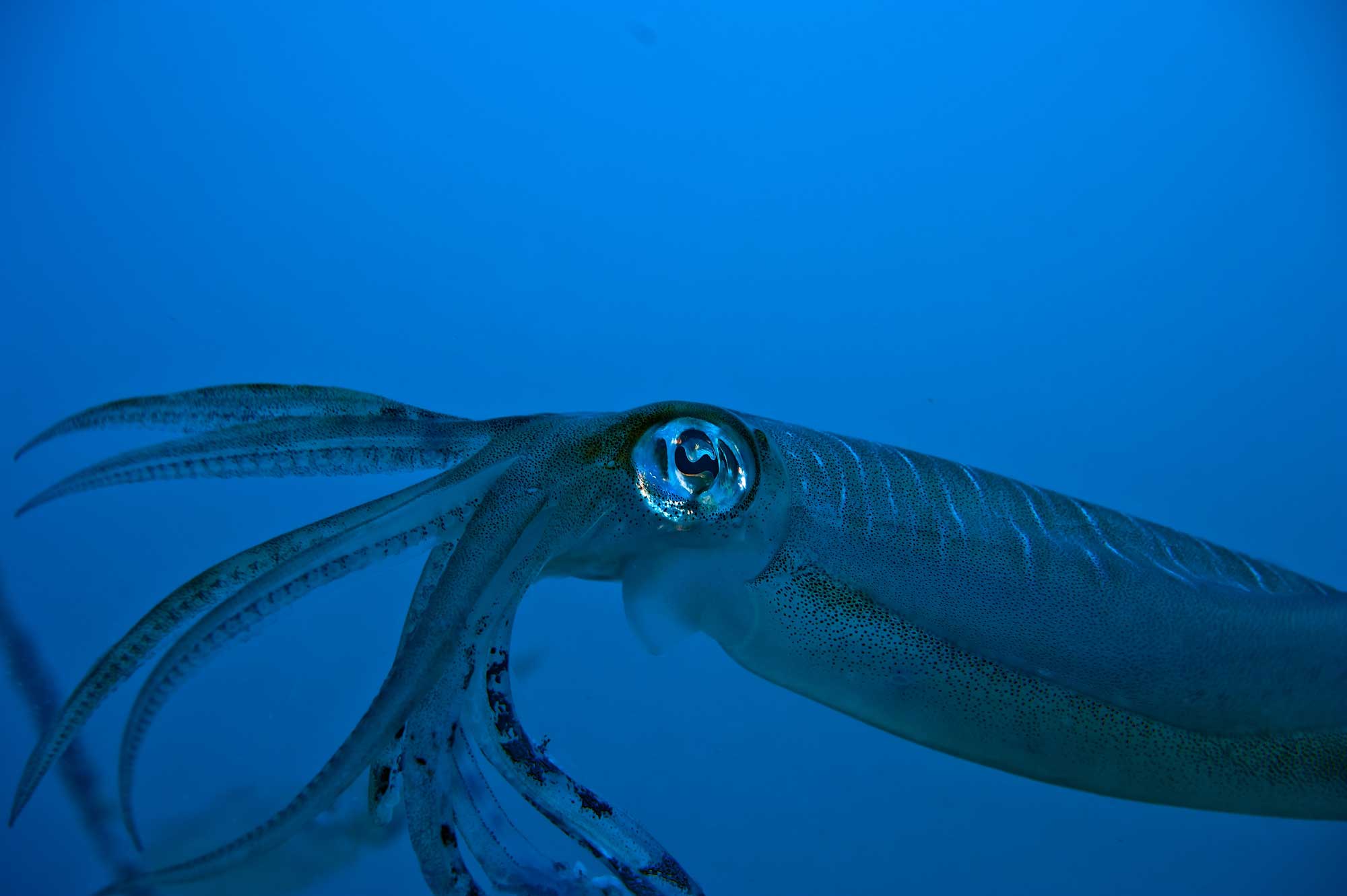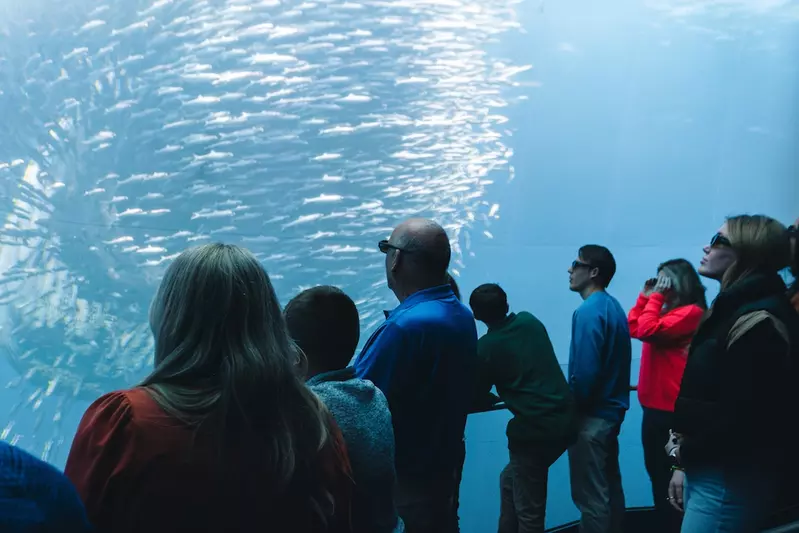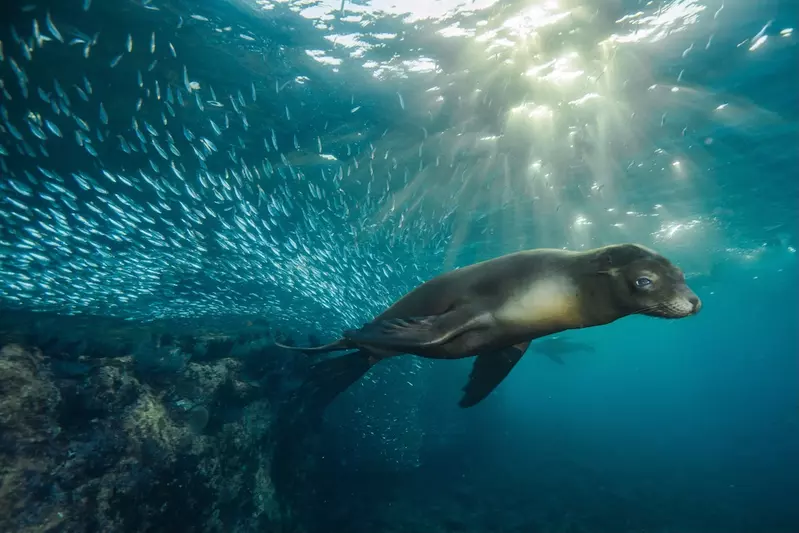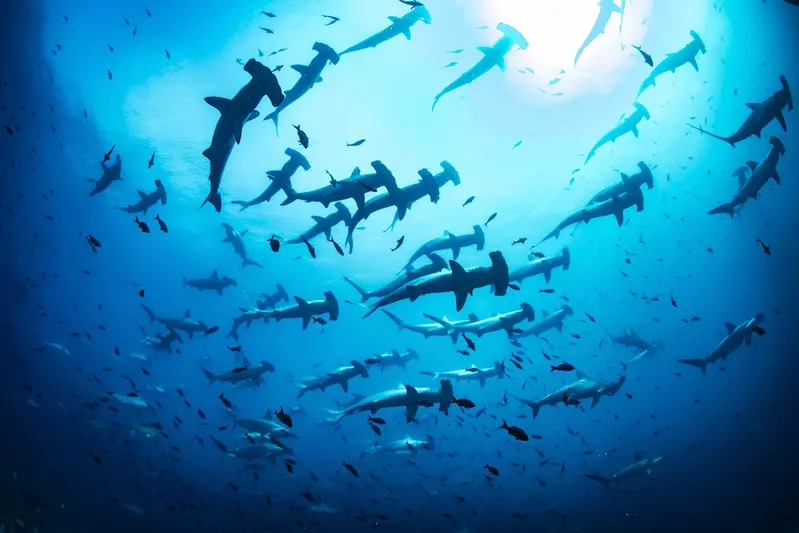The mysterious world beneath the waves is home to some of nature’s most extraordinary creatures, and few are as captivating as squids. These remarkable cephalopods have been swimming Earth’s oceans for over 500 million years, evolving incredible adaptations along the way. Whether your children are budding marine biologists or simply love learning about unusual animals, these seven fascinating squid facts are sure to spark their imagination and curiosity.
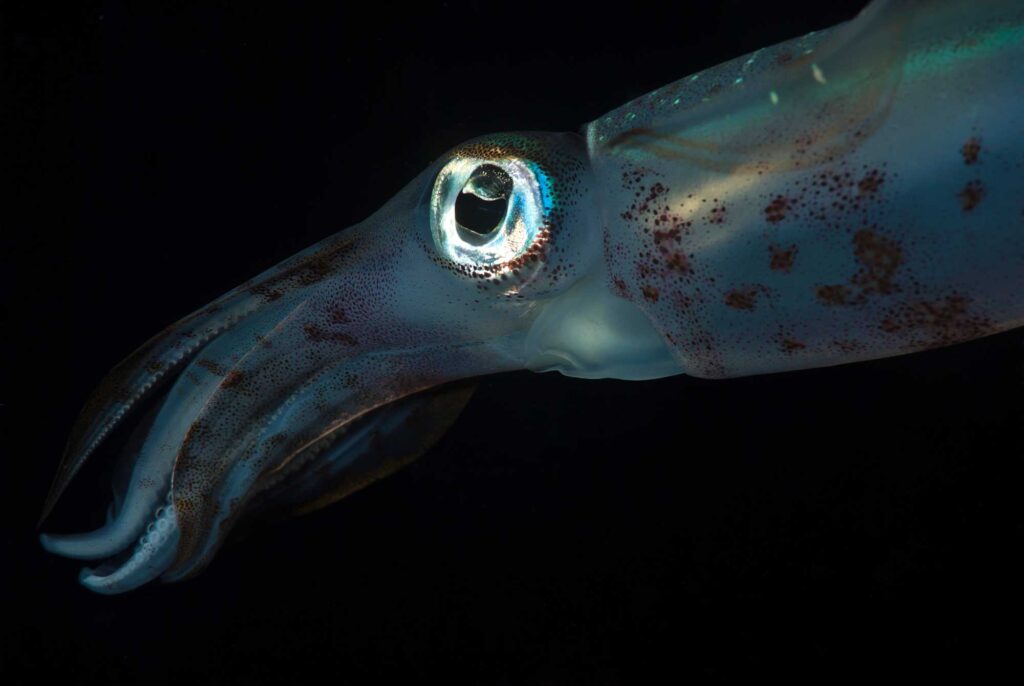
1. Squids Have Three Hearts
While humans make do with just one heart, squids operate with a trio of these vital organs. Two of their hearts, called branchial hearts, pump blood to the gills where it picks up oxygen. The third heart, known as the systemic heart, pumps the oxygen-rich blood throughout the rest of the squid’s body.
This unusual circulatory system helps squids maintain the high energy levels needed for their quick movements and hunting behaviors. Next time your kids complain about being tired, you might remind them that even with three hearts, squids still need to rest sometimes!
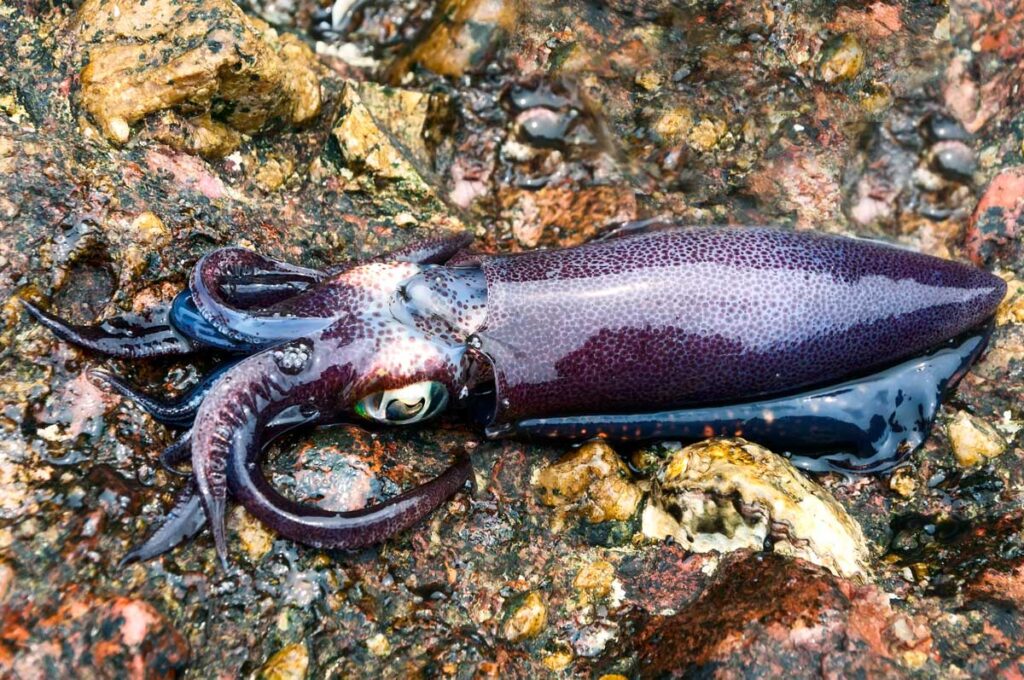
2. They’re Masters of Disguise
Squids possess specialized cells called chromatophores that allow them to change color in the blink of an eye. These pigment-filled sacs can expand and contract, creating patterns, colors, and even textures that help squids communicate, express emotions, and camouflage themselves.
Some species can cycle through multiple colors in seconds—a natural light show more impressive than any manufactured display. The Hawaiian bobtail squid takes this talent even further, housing bioluminescent bacteria in a special light organ to help it blend into moonlit waters from below.
3. Squid Ink Is More Than Just a Smoke Screen
When threatened, squids release a cloud of dark ink to confuse predators—but this ink does more than create a visual distraction. Scientists have discovered that squid ink contains chemicals that can temporarily deaden a predator’s sense of smell, giving the squid valuable extra seconds to escape.
Throughout history, humans have found uses for this remarkable substance too. Squid ink has been used in writing, cooking, and even medicine. In Italy and Spain, chefs create dramatic black pasta and rice dishes using squid ink as both coloring and flavoring.
4. The Colossal Squid Has the Largest Eyes in the Animal Kingdom
While the giant squid gets more attention in popular culture, its cousin the colossal squid (found in the Antarctic waters) has the largest eyes ever documented in any animal. These extraordinary eyes can reach 11 inches (28 cm) in diameter—about the size of a dinner plate!
These massive eyes help colossal squids detect the faint glow of bioluminescent creatures in the deep ocean darkness. The large surface area captures even the smallest amounts of light, giving these deep-sea predators a crucial advantage when hunting in the twilight zone of the ocean.
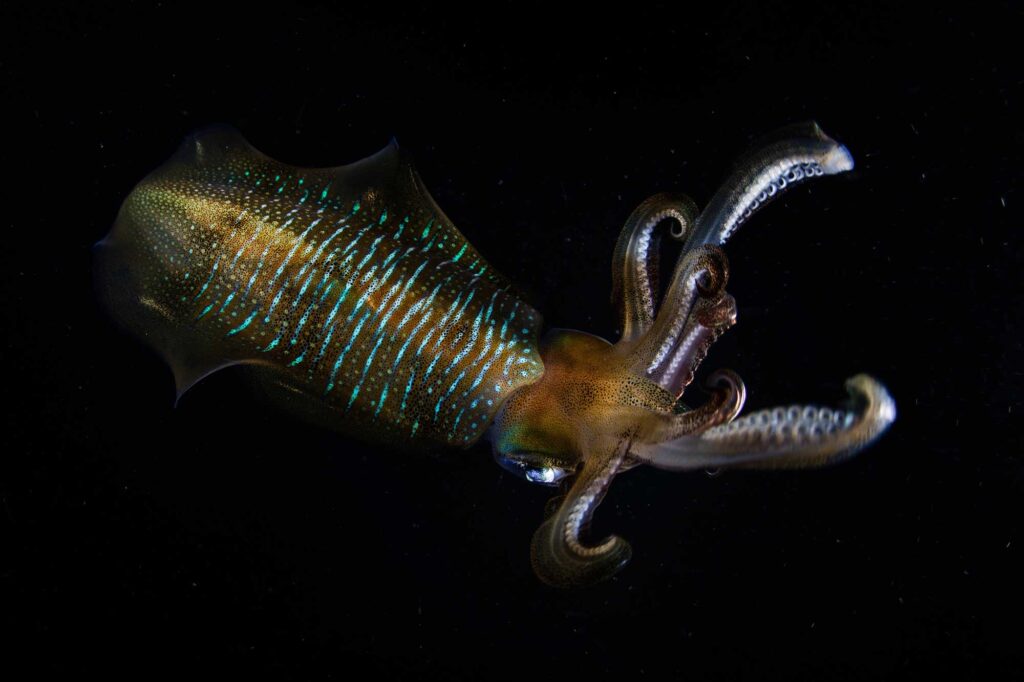
5. Squids Are Jet-Propelled Swimmers
Squids are among the fastest marine invertebrates, capable of bursts of speed that would make Olympic swimmers jealous. Their unique method of movement involves drawing water into their mantle cavity and then forcefully expelling it through a flexible tube called a siphon.
By adjusting the direction of this siphon, squids can zoom backward, forward, or even sideways. When in a real hurry, some squid species can even launch themselves completely out of the water, gliding through the air for short distances—a phenomenon sailors have observed for centuries.
6. They Have Donut-Shaped Brains
One of the strangest aspects of squid anatomy is their donut-shaped brain that wraps around their esophagus—meaning their food passes right through the middle of their brain on its way to their stomach!
Despite this unusual arrangement, squids are considered among the most intelligent invertebrates. They can solve problems, navigate mazes, and some species even use tools. Their complex brains allow them to learn from experience and adapt their hunting strategies depending on the situation.
7. Giant Squids Can Be as Long as a School Bus
The giant squid has long captured human imagination, inspiring tales of sea monsters and kraken. While these stories may be exaggerated, the truth is still impressive—giant squids can reach lengths of up to 43 feet (13 meters), about the length of a standard school bus!
Most of this length comes from their two specialized feeding tentacles, which can shoot out to grab prey. Despite their enormous size, giant squids remained largely mysterious until 2004, when one was first photographed alive in its natural habitat. Even today, these elusive creatures are rarely seen, making them one of the ocean’s most enduring mysteries.

